Why Protecting Your Thigh, Calf, and Achilles Tendon is Essential for Healthy Knees
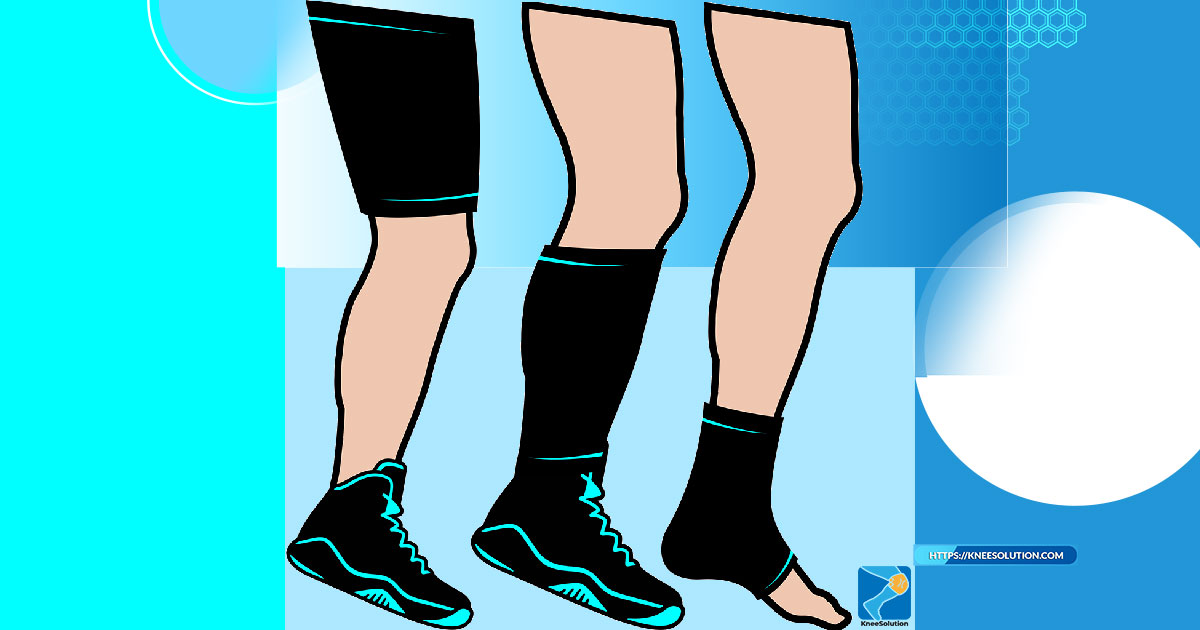
When knee pain strikes, we naturally focus on the joint itself. However, knee health depends on your entire leg functioning as an integrated system. Your quadriceps, hamstrings, calves, and Achilles tendon form a biomechanical chain where weakness or tightness in one area directly impacts your knees.
The Biomechanical Chain: Everything is Connected
Your leg works as an integrated system where each component affects the others. The knee, positioned at the center of this chain, bears the consequences of any muscle imbalances or dysfunction above or below it.
This explains why weak quadriceps can cause knee pain, or why tight calves can create harmful compensations that stress the knee joint.
 Quadriceps: Your Knee’s Primary Guardians
Quadriceps: Your Knee’s Primary Guardians
Why They Matter
The quadriceps muscles at the front of your thigh are your knee’s main stabilizers. They control descent during bending and absorb shock during walking, running, and jumping. Weak or imbalanced quads create instability that forces your knee to compensate, leading to premature cartilage and ligament wear.
Protection Strategies
Key exercises:
- Squats and lunges
- Leg extensions
- Step-ups
- Wall sits
Essential stretching: Daily quad stretches prevent the muscle from pulling on your kneecap and disrupting knee mechanics.
Hamstrings: The Critical Balance
The Back-of-Thigh Connection
Your hamstrings work with your quadriceps to stabilize the knee. An imbalance between these muscle groups is a leading cause of knee injuries. Weak hamstrings relative to your quads create excessive forward pull, while tight hamstrings limit range of motion.
Strengthening Approach
Effective exercises:
- Deadlifts
- Hamstring curls
- Glute bridges
- Single-leg deadlifts
Flexibility maintenance: Regular hamstring stretching maintains optimal range of motion and prevents compensation patterns.
 Calves: Your Natural Shock Absorbers
Calves: Your Natural Shock Absorbers
Hidden Impact on Knee Health
Calf muscles absorb impact during landing and assist in propulsion. Weak or tight calves alter your gait mechanics and increase stress on your knees.
Excessive calf tightness—common in people who wear high heels frequently—forces compensations that travel up the kinetic chain to your knees.
Optimization Strategy
Strengthening:
- Calf raises
- Single-leg balance exercises
- Plyometric training (when appropriate)
Mobility work:
- Wall calf stretches
- Foam rolling
- Soleus stretches with bent knee
 Achilles Tendon: The Critical Link
Achilles Tendon: The Critical Link
The Body’s Largest Tendon
Your Achilles tendon connects your calf muscles to your heel. A rigid or inflamed Achilles changes how your foot contacts the ground, creating ripple effects throughout your leg.
Protection Protocol
Prevention focus:
- Gradual training progression
- Regular stretching
- Eccentric strengthening exercises
- Early intervention for any pain or stiffness
Warning Signs to Watch For
Muscle-related signals:
- Persistent morning stiffness
- Frequent cramping
- Weakness or instability
- Post-exercise soreness lasting more than 48 hours
Functional indicators:
- Difficulty climbing stairs
- Subtle limping
- Rapid fatigue during walking
- Reduced range of motion
Your Daily Protection Plan
10-Minute Morning Routine
- Gentle quad and hamstring stretches
- Ankle circles and calf stretches
- Light muscle activation exercises
Evening Recovery (10 minutes)
- Deeper stretching
- Self-massage of tight areas
- Balance exercises
Strengthening Sessions (2-3x/week)
Focus on balanced muscle development, emphasizing movement quality over quantity. Alternate between quad/hamstring days and calf/stability sessions.
Equipment Essentials
Footwear: Invest in proper shoes for your activity and foot type. Orthotics may help correct imbalances and reduce knee stress.
Recovery tools: Foam rollers, massage balls, and compression gear help maintain tissue health and promote recovery.
When to Seek Professional Help
Don’t wait for pain to develop. A preventive assessment can identify imbalances before they become problematic.
Consult immediately for:
- Persistent leg pain
- Movement limitations
- Instability sensations
- Changes in your gait
The Bottom Line
Healthy knees require a healthy leg. This comprehensive approach demands consistency and patience, but the benefits are substantial: reduced pain, injury prevention, maintained mobility, and improved quality of life.
Every component of your leg contributes to knee health. By caring for your quadriceps, hamstrings, calves, and Achilles tendon, you create optimal conditions for long-term knee function and comfort.
Prevention is always more effective and less costly than treatment. Start today by integrating these principles into your daily routine to preserve your knee health for years to come.
Visit leg protection category

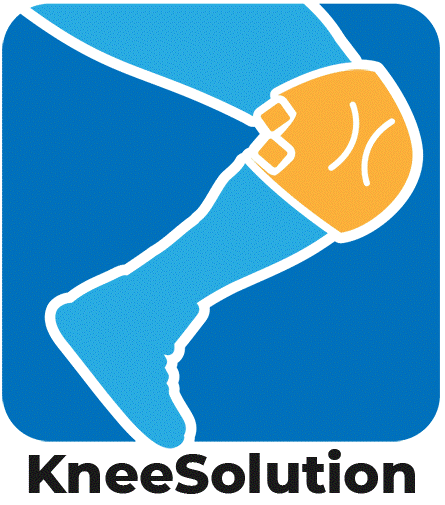
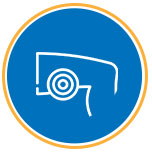 Quadriceps: Your Knee’s Primary Guardians
Quadriceps: Your Knee’s Primary Guardians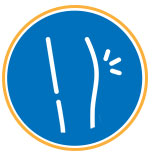 Calves: Your Natural Shock Absorbers
Calves: Your Natural Shock Absorbers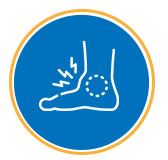 Achilles Tendon: The Critical Link
Achilles Tendon: The Critical Link